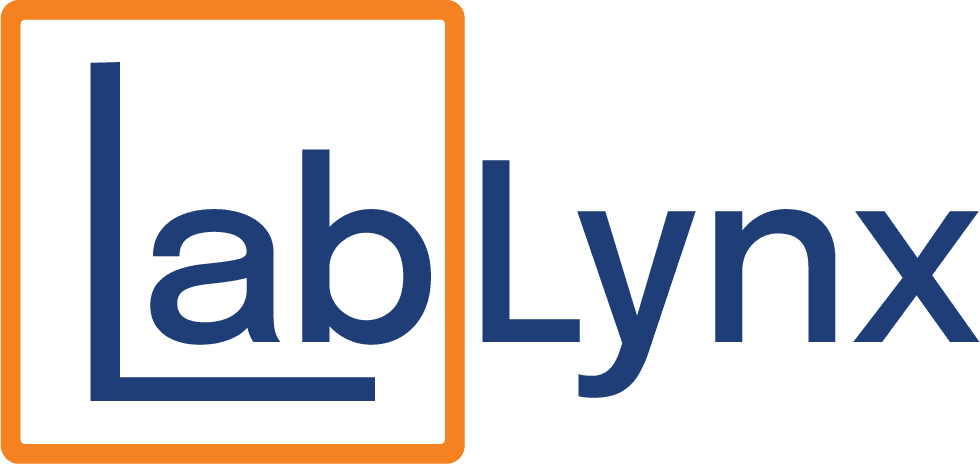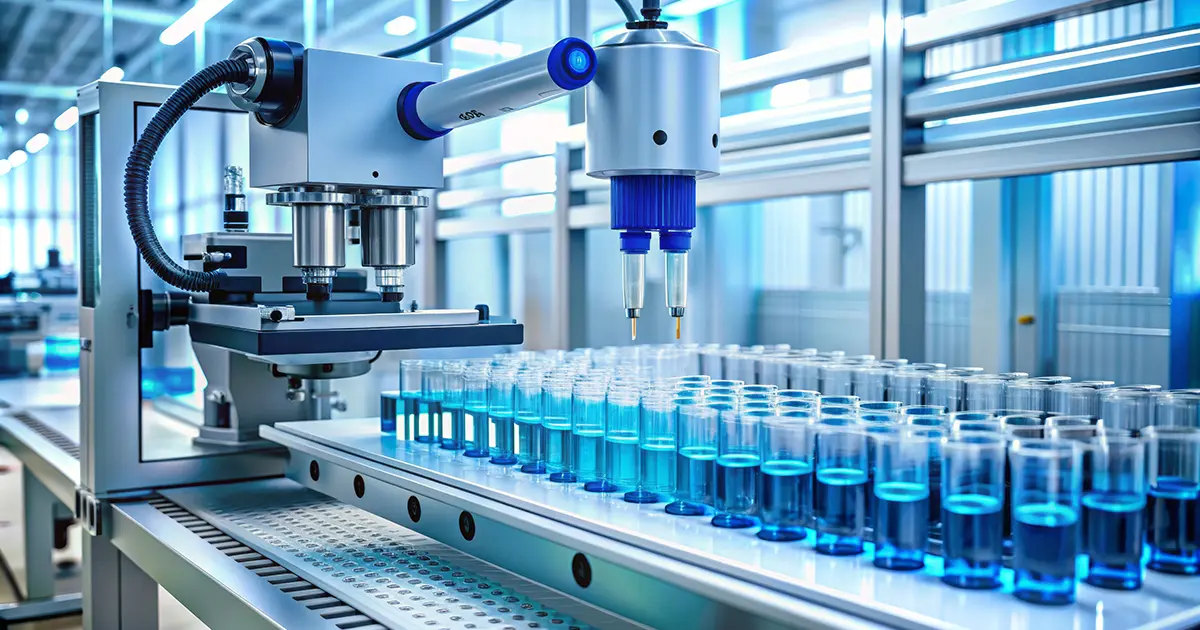
Laboratories across the globe are entering a transformative era. Driven by technological advancements in automation, data analytics, and smart integration, today’s laboratories are becoming more intelligent, agile, and efficient than ever before. From research institutions to commercial testing facilities, labs are reimagining workflows to reduce manual tasks, accelerate time-to-results, and enhance data integrity.
Here are the top 10 lab automation trends shaping the future of laboratory management—and why it’s critical for forward-thinking labs to stay ahead.
1. AI-Powered Decision-Making in Laboratory Workflows
Artificial intelligence is no longer an experimental feature—it’s now foundational. AI is being embedded into laboratory processes to help interpret large datasets, automate data validation, and assist with real-time decision-making. For instance, machine learning models can flag abnormal results, recommend next steps, and streamline quality control. This elevates the role of lab personnel from data processors to strategic problem-solvers.
Key Benefits:
- Enhanced predictive analytics and anomaly detection
- Faster turnaround time for large-scale experiments
- Improved consistency in data analysis and interpretation
2. Robotics-Driven Sample Handling and Preparation
Traditional sample prep is time-consuming, error-prone, and repetitive—making it a perfect target for automation. Robotic platforms can now handle pipetting, labeling, centrifugation, and plating with minimal human input. What’s new is the ability for these systems to adapt dynamically to variables like sample viscosity, temperature, or container type.
Why It Matters: Automation in sample prep boosts throughput without sacrificing precision—crucial for high-volume labs like clinical diagnostics and biopharma R&D.
3. Cloud-Hosted LIMS for Global Connectivity
The shift from on-premise to cloud-based Laboratory Information Management Systems (LIMS) is gaining momentum, particularly as remote access, data centralization, and collaborative research become standard. With cloud-hosted solutions, labs gain real-time access to workflows, sample tracking, and compliance documentation—regardless of location.
Advantages Include:
- Instant scalability for expanding operations
- Seamless integration with third-party systems (e.g., ELNs, billing)
- Enhanced data backup, encryption, and disaster recovery
4. Modular Automation Platforms for Custom Lab Design
Not all labs are created equal—and neither are their automation needs. Modular automation allows labs to build a tailored system piece by piece. Whether you’re automating a single assay or an entire workflow, modular platforms offer flexibility without the burden of massive upfront investment.
Popular Modular Features:
- Plug-and-play liquid handlers
- Interchangeable workstations
- Configurable scheduling software
This trend is especially impactful for midsize labs that want to scale without overhauling infrastructure.
5. Digital Microfluidics for Ultra-Precise Liquid Control
Microfluidic systems are getting an upgrade with digital microfluidics (DMF)—a technology that manipulates tiny droplets of liquid using electric fields. These systems eliminate the need for tubes or pumps and are ideal for labs working with limited or expensive samples, like in genomics or drug screening.
What Sets DMF Apart:
- Non-contact fluid control for less contamination
- Real-time changes to assay protocols
- Reduced reagent and sample volumes
6. Real-Time Environmental Monitoring via IoT Devices
The Internet of Things (IoT) is making labs smarter, especially in the realm of environmental monitoring. Sensors now track temperature, humidity, CO₂ levels, and vibration to protect sensitive experiments and samples. With real-time alerts and automated logging, labs can ensure compliance and avoid costly equipment failures.
Use Cases:
- Monitoring freezers storing clinical specimens
- Ensuring proper airflow in clean rooms
- Tracking light exposure in stability testing
7. Cloud Laboratories and Remote Experimentation
Welcome to the era of lab-as-a-service. Cloud labs allow researchers to design, program, and monitor experiments from their laptops. Robotic infrastructure housed offsite carries out the actual wet lab work, returning data in hours instead of weeks. Startups, academic researchers, and even pharmaceutical companies are embracing this model for speed and scalability.
Why It’s Transformative:
- No physical lab space required
- Accelerated prototyping and iteration cycles
- Increased accessibility for underfunded research teams
8. Workflow Orchestration and Lab Scheduling Software
A rising star in automation isn’t hardware—it’s workflow orchestration software. These systems serve as the brain of the lab, coordinating robotic equipment, sample queues, and data pipelines. By centralizing control, labs reduce bottlenecks, eliminate redundant steps, and keep operations running 24/7.
Features to Look For:
- Visual workflow builders
- Intelligent resource scheduling
- System alerts and failure recovery protocols
9. Enhanced Cybersecurity for Digital Lab Ecosystems
With greater digital connectivity comes greater risk. Cybersecurity is now a top concern for modern labs, especially those managing sensitive patient data, proprietary research, or intellectual property. From SOC 2 compliance to multi-factor authentication, automation systems must now include robust security frameworks.
Security Priorities:
- Role-based user access
- Encrypted data storage and transfer
- Continuous vulnerability monitoring
Cybersecure automation ensures both regulatory compliance and operational continuity.
10. Ethical AI and Regulatory-Ready Automation
As AI and automation take on larger roles in data interpretation, concerns about bias, transparency, and compliance are growing. Laboratories are now being asked to validate and document how automated systems make decisions—especially when outcomes impact human health or public policy.
Emerging Best Practices:
- Transparent algorithm design
- Routine audit trails of AI-influenced outcomes
- Alignment with FDA, CLIA, or ISO standards
Forward-looking labs will prioritize ethical design to future-proof their automation strategies.
Final Thoughts
The future of laboratory management is being shaped by transformative technologies that improve precision, efficiency, and collaboration. From cloud-enabled connectivity to smart robotics and AI, the trends in lab automation are not just enhancing performance—they’re redefining how laboratories operate at a foundational level.
For labs looking to stay competitive, adopting automation is no longer optional. The ability to scale operations, minimize errors, and streamline workflows is critical for success in an increasingly data-driven, fast-paced research landscape. As technology continues to evolve, the most successful labs will be those that invest in flexible, forward-thinking solutions that adapt with them.
Discover the Power of the LabLynx Lab Automation Suite
At LabLynx, we understand that every lab is unique—and that modern laboratories need more than off-the-shelf software. That’s why we developed the LabLynx Lab Automation Suite, a comprehensive, customizable platform designed to automate and optimize your laboratory from end to end.
Whether you’re running a clinical lab, environmental testing facility, pharmaceutical research center, or forensic lab, the Lab Automation Suite empowers your team to:
- Integrate robotics, smart devices, and IoT sensors for seamless sample handling and environmental monitoring
- Automate routine processes like sample prep, data capture, and quality assurance
- Orchestrate complex workflows across instruments, personnel, and systems
- Enhance compliance and traceability with built-in audit trails and secure data access
- Customize automation tools to fit your exact lab type, protocols, and growth roadmap
Backed by our cloud-native infrastructure and interoperability with the LabLynx LIMS and ELN Suites, the Lab Automation Suite is your lab’s operating system for the future.
Ready to transform your lab?
Visit the LabLynx Lab Automation Suite to learn more or schedule a demo with our automation experts today.
Accelerate Your Lab's Success & Experience LabLynx
"*" indicates required fields
Explore the LabLynx Suites
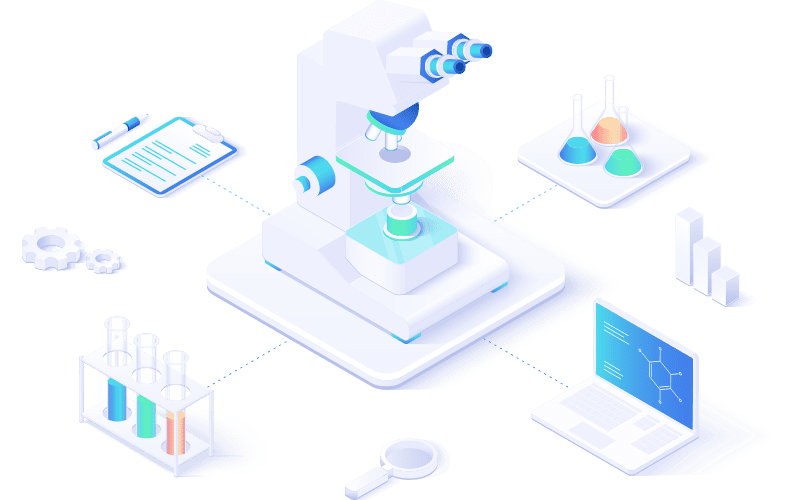
LIMS Suite
Seamless Sample and Workflow Management
The LabLynx LIMS Suite empowers laboratories with the tools needed to manage samples, workflows, compliance, and more in one centralized system. It’s the backbone for labs seeking efficient, reliable, and scalable management solutions.
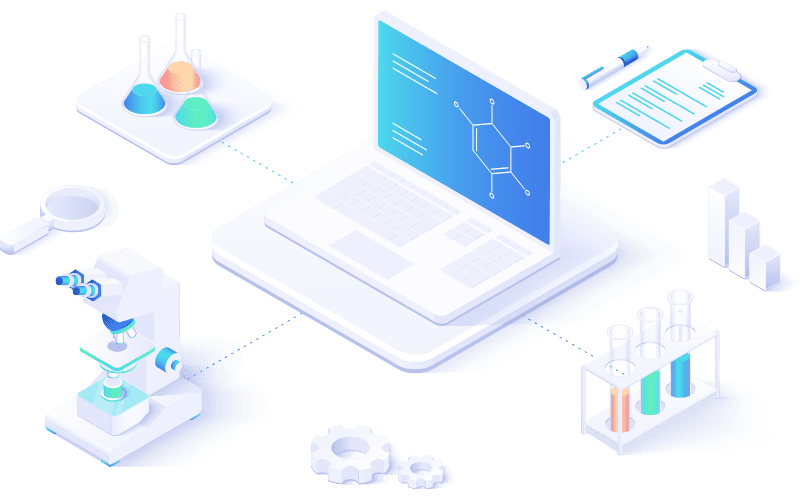
ELN Suite
The LabLynx ELN Suite offers a modern approach to managing lab data and experiments. With its secure, intuitive platform, your team can record, store, and collaborate effortlessly, supporting innovation every step of the way.
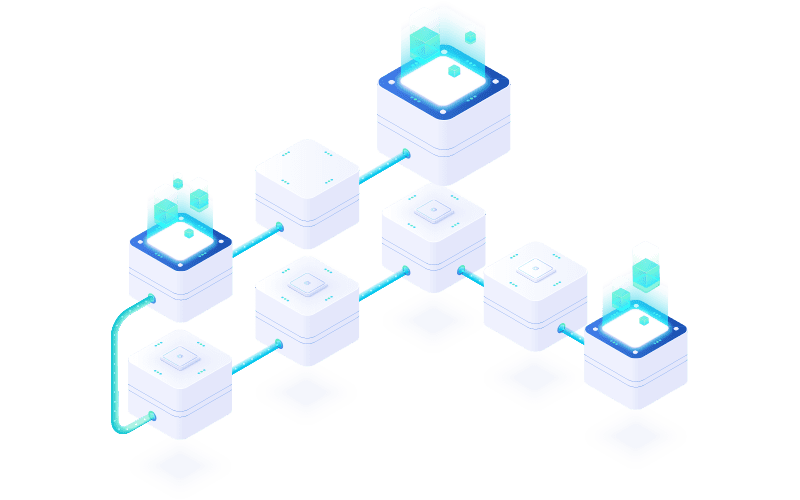
Lab Automation
Automate for Efficiency and Growth
Streamline operations and boost productivity with the LabLynx Lab Automation Suite. Designed for labs ready to embrace advanced automation, this suite integrates systems, instruments, and workflows to deliver efficiency at scale.
